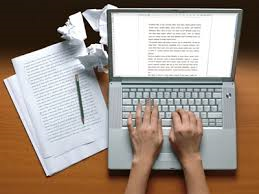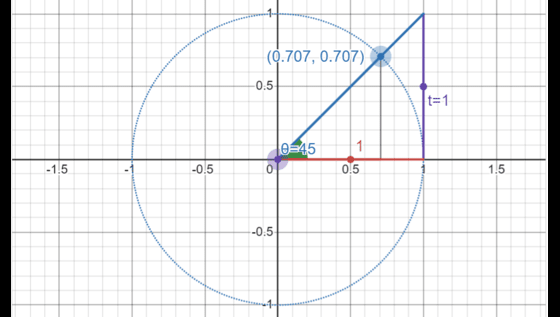Literary devices are techniques used by writers to create depth and meaning to the messages they are trying to convey. Knowing some of the more common literary devices can be important for understanding the things you read, and also for using in your own writing. They appear all over different types of media: books, movies, plays and music. Here are some of the most common literary devices used.
Alliteration
Several words placed either side by side or close together which begin with the same letter or sound. The use of alliteration makes some words stand out more because the repetitive sound is very noticable, especially when read aloud.

Examples:
She sells seashells by the sea-shore.
Larry’s lizard likes lounging in the sun.
Kim’s kid kept kicking like crazy.
Metaphor
A comparison of two unrelated things to describe something using something else that does not have a literal similarity. Taking the example of “life is a rollercoaster”, everyone knows that in the literal sense this statement does not make sense, however it is used to describe that life is similar to rollercoaster in that it has many ups and downs.
Examples:
Life is a rollercoaster.
He is a walking dictionary.
My big brother is a couch potato.
The teenager’s stomach was a bottomless pit.
Simile
Comparison of two different things, comparable to a metaphor, except usually using the words “like” or “as”. Similes have a comparable effect to metaphors in that they help the reader make connections between things they know the imagery the author wants to create. For example, “he is as busy as a bee”, allows the reader to make the comparison between bees, who look for pollen all day, and the business of the person.

Examples:
He is as busy as a bee
As cold as ice
As tough as nails
Last night, I slept like a log.
Oxymoron
Two words beside each other that have opposite or contradictory meanings. The effect an oxymoron has on the reader is that it makes them pause and think. It can make a phrase seem more dramatic.
Examples:
Alone together
Deafening silence
Random order
Personification
When a nonhuman thing is described using human characteristics. The effect of personification is to also help the reader with visualizing the imagery the author wishes to create. Using human-like characteristics also can help readers sympathize or be more emotional towards non-human characters or objects.
Examples:
The wind howled its mighty objection.
Time creeps up on you.
The fire ran wild.
Hyperbole
A hyperbole is an extreme exaggeration, usually used for emphasis. The exaggeration in
 hyperbole is usually fairly obvious, for example you obviously are not being literal when you say you have a million things to do.
hyperbole is usually fairly obvious, for example you obviously are not being literal when you say you have a million things to do.
Examples:
I read a million books this summer.
I am so hungry I could eat a horse.
I had a ton of homework.
There are 3 different types of irony, including:
Verbal Irony
When someone says one thing but means the opposite.
Examples:
Saying “Oh, fantastic!” in a bad situation that is definitely not fantastic.
If someone gets in a car accident and says, “Guess today’s my lucky day…”
Situational Irony
When something opposite of what is expected happens.
Examples:
A fire truck is on fire
A teacher fails their own test
Dramatic irony
When the audience is aware of something that the characters are not.
Examples:
In Shakespear’s Romeo and Juliet, Romeo thinks that Juliet has died and kills himself, while only the audience is aware that she is actually alive.
In Superman, most of the characters in the comic/show/movies don’t know who Superman’s true identity really is (Clark Kent), but the audience knows.
In conclusion, there are many different literary devices that can be found in writing. The effect of these literary devices is to create texts that are more vivid and interesting to read. Learning to recognize literary devices can help you become a better reader, and utilizing them in your own writing can help you create more interesting stories.
SchoolTutoring Academy is the premier educational services company for K-12 and college students. We offer tutoring programs for students in K-12, AP classes, and college. To learn more about how we help parents and students in Phoenix, Arizona visit: Tutoring in Phoenix, Arizona.




